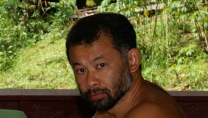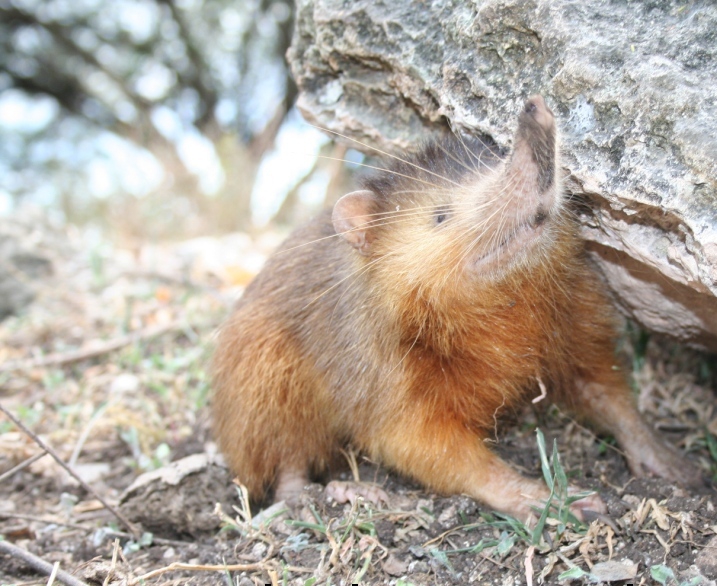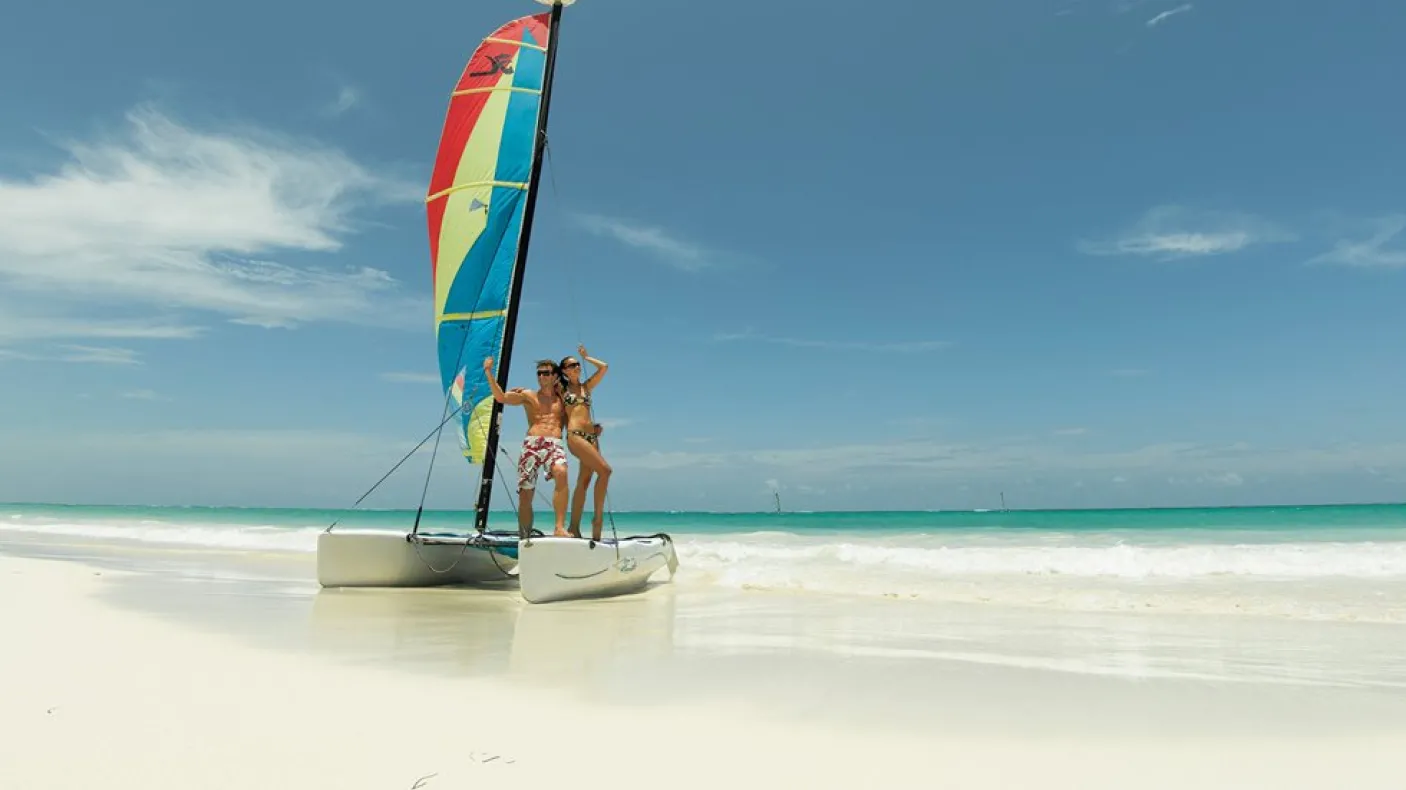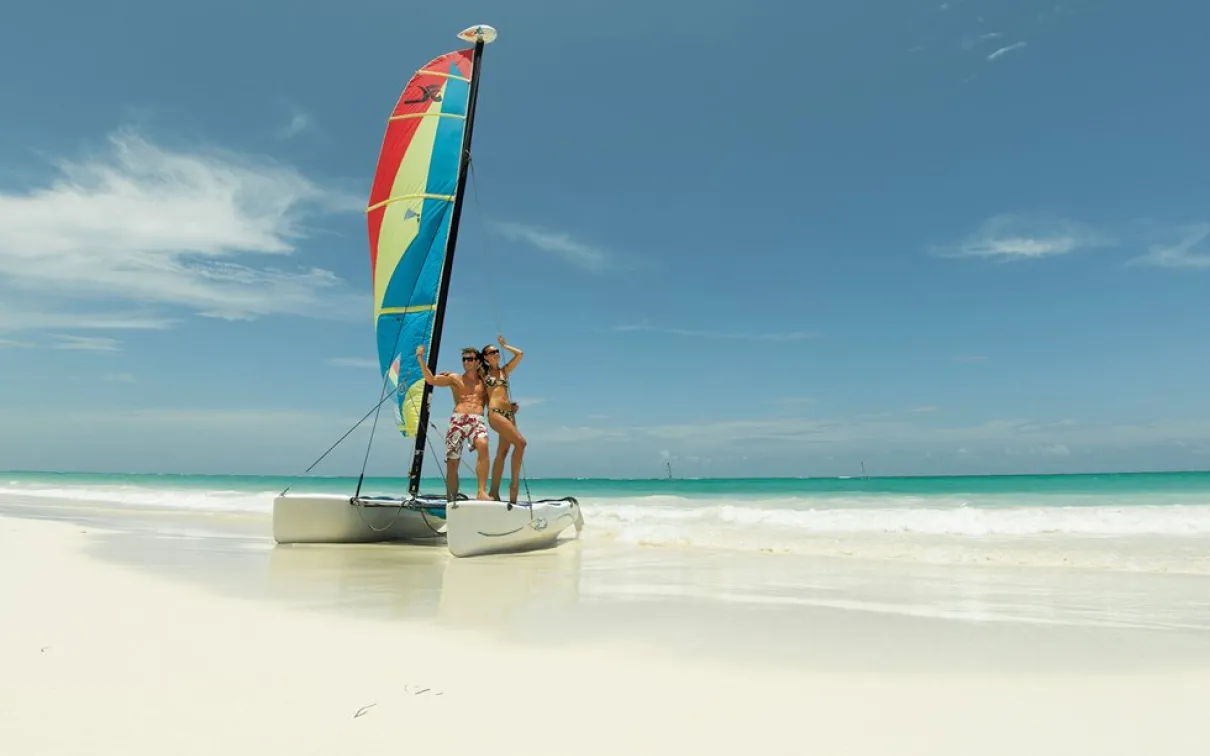Sustainable development in the Caribbean: beer and biology
Blog Post
by Dr. Burton Lim, Assistant Curator of Mammalogy

Dr. Burton Lim has traveled to more than 20 countries over his three decade career at the Royal Ontario Museum.
The Dominican Republic is noted as a beach resort destination and that is exactly what I am studying. No, seriously! There are 18 species of bats documented from this Caribbean island and the only other native species of land mammals alive today are the hutia and solenodon. What are these you ask? The hutia is a rodent weighing about 1 kg and sort of the size of a chunky cat with a blunt nose and short tail. The solenodon is about the same weight and size but is a big shrew with a pointy nose and a long tail, and the only two extant species are listed as endangered. Most species of hutia are threatened by habitat loss.

Solenodon are closely related to shrews and are listed as "Endangered" in the Dominican Republic.
Three colleagues and I will be studying these species to see how their abundance and occurrence change under different levels of disturbance to their habitat. Our trip starts next week, Monday January 19 and we will spend about four weeks on the island. We will be conducting biodiversity surveys of these mammals in 2 national parks that represent the original forested environment in the Dominican Republic. The species diversity and abundance will be compared with 3 other sites that have varying amounts of human disturbance – the most disturbed of which is Punta Cana, the ultimate tourist destination on the island. This baseline data will be useful for assessing the effects of sustainable development and monitoring any changes over time.



